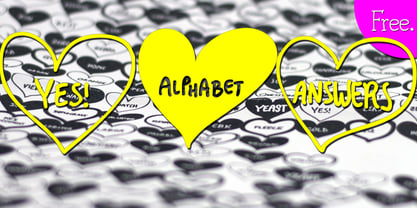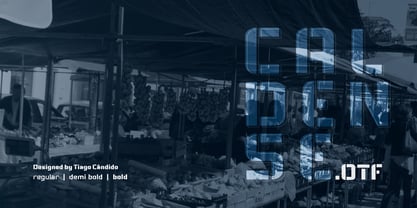8,795 search results
(0.057 seconds)
- Conversation Hearts by Harald Geisler,
$- - Caldense Stencil by Tiago Cândido,
$20.00 - Times New Roman PS Cyrillic by Monotype,
$67.99 - Times New Roman Small Text by Monotype,
$67.99 - Times New Roman Windows compatible by Monotype,
- Nimbus Roman No. 9 L by URW Type Foundry,
$89.99 - Times New Roman PS Greek by Monotype,
$67.99 - Aracne Ultra Condensed Regular - Personal use only
- SF Diego Sans Condensed - Unknown license
- SF Movie Poster Condensed - Unknown license
- SF Movie Poster Condensed - Unknown license
- SF Chrome Fenders Condensed - Unknown license
- PF Tempesta Seven Condensed - Unknown license
- SF Espresso Shack Condensed - Unknown license
- SF Eccentric Opus Condensed - Unknown license
- PF Tempesta Five Condensed - Unknown license
- SF Zero Gravity Condensed - Unknown license
- SF Fortune Wheel Condensed - Unknown license
- PF Tempesta Five Condensed - Unknown license
- PF Tempesta Seven Condensed - Unknown license
- PF Westa Seven Condensed - Unknown license
- SF Diego Sans Condensed - Unknown license
- SF Espresso Shack Condensed - Unknown license
- SF Zero Gravity Condensed - Unknown license
- SF Zero Gravity Condensed - Unknown license
- SF Fortune Wheel Condensed - Unknown license
- SF Cosmic Age Condensed - Unknown license
- SF RetroSplice SC Condensed - Unknown license
- SF Pale Bottom Condensed - Unknown license
- SF Pale Bottom Condensed - Unknown license
- SF Proverbial Gothic Condensed - Unknown license
- Daville Condensed Rev Slanted - Unknown license
- SF Cosmic Age Condensed - Unknown license
- SF Zero Gravity Condensed - Unknown license
- SF Tattle Tales Condensed - Unknown license
- SF Tattle Tales Condensed - Unknown license
- SF Eccentric Opus Condensed - Unknown license
- SF Big Whiskey Condensed - Unknown license
- SF Junk Culture Condensed - Unknown license
- SF Proverbial Gothic Condensed - Unknown license


































